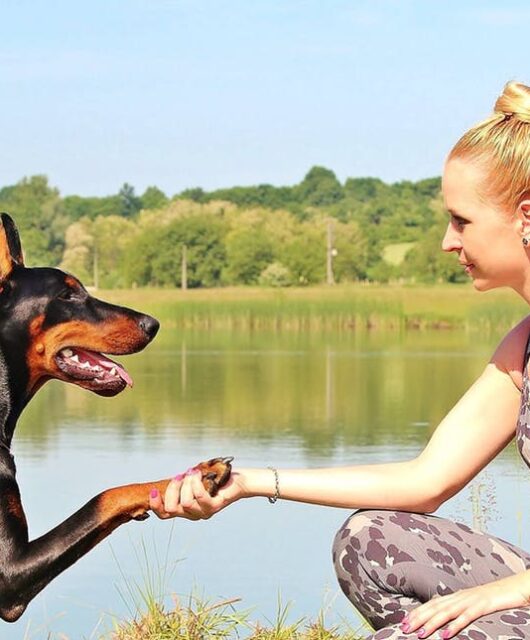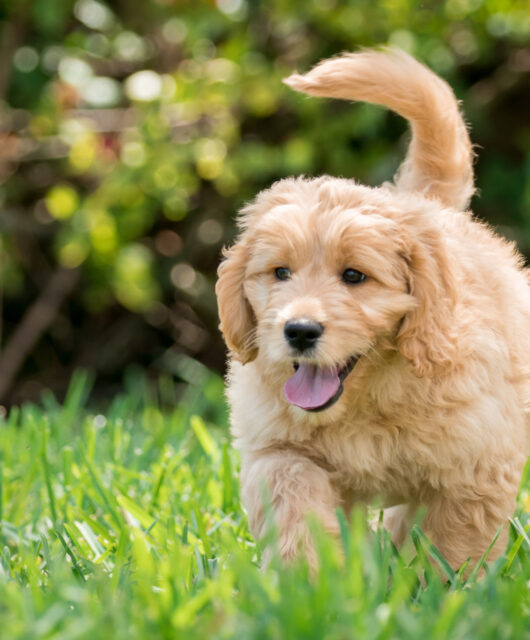Sugar Glider Info for New Pet Owners: 8 Essential Tips

Did you get a sugar glider? Congratulations, you picked a great pet!
A sugar glider is not a rodent, so you need to be prepared to give it the extra attention it needs.
To help you adjust to caring for your new pet, it’s important to understand what it needs. From socialization to eating habits, keep reading about sugar glider info, so you are prepared to care for your cute, little friend.
Table of Contents
- 1 1. Sugar Gliders Can Live a Long Life
- 2 2. They Bond Easily
- 3 3. Sugar Gliders Are Extremely Social
- 4 4. Sugar Gliders Need Large Cages With a Pouch or Bag
- 5 5. Sugar Gliders Should Eat About 15 to 20 Percent of Their Body Weight Daily
- 6 6. Sugar Gliders Keep Themselves Impeccably Clean
- 7 7. You Can Teach It Tricks
- 8 8. Sugar Gliders Are Nocturnal
- 9 Know Your Sugar Glider Info
1. Sugar Gliders Can Live a Long Life
Sugar gliders can live long and happy lives as long as they get the proper care and avoid accidents in the home.
So, how long does a sugar glider live for? When kept as pets, sugar gliders can live anywhere from 10 to 12 years. After turning about five to seven years old, they are considered to be old or geriatric.
It’s important to make sure they get plenty of water because sugar gliders can get dehydrated quickly. Going without water for 12 hours can kill them.
Other health problems you should watch for include parasites, bacterial infections, giardia, and calcium deficiency that can cause infections, paralysis, and other problems.
2. They Bond Easily
One of the most unique things about sugar gliders is that they make a strong bond with humans. Once they get fully bonded with you, they can go outside anywhere with you. Put them in your pocket and they won’t leave if you go shopping, to the movies, or anywhere else.
The sugar glider likes pockets because of their natural affinity to pouches. They love to curl up.
Sugar gliders have the opposite mentality of rodents. They don’t want to hide or run away from their family. They want to be with family more than anything.
This means you should handle sugar gliders daily. They can be nippy if not handled enough, so if you have small children, you need to make sure you give them the time and attention necessary.
3. Sugar Gliders Are Extremely Social
Are sugar gliders social? Just because they bond with their human families, they still may need interaction with other sugar gliders. You should consider having a pair.
These animals are extremely curious and playful. They love both humans and cage-mates.
Humans cannot always offer the same socialization and companionship as other sugar gliders. The bonding, grooming, and vocalizations cannot be matched by a human caregiver, so you should consider having at least two.
4. Sugar Gliders Need Large Cages With a Pouch or Bag
You need to find the largest cage possible for your pet. Sugar gliders need to be able to glide, leap, and jump freely. For a single glider, you need a cage at least 3′ x 2′ x 3′.
It’s also important to have the cages securely locked. The bars should not have spacing more than a half-inch apart because these animals are notorious escape artists.
You will also need to allow your pet time outside its cage for exercise. Always monitor your pet because they can get themselves into trouble easily with their curious nature.
You also need a pouch or bag in the cage. Place it high in the cage for a place to sleep and hide. To let your pet exercise in the cage, you need shelves and branches for the gliders to perch at various levels of their cage.
You can also use swings, exercise wheels, and bird toys for your glider. Try changing the location of these toys to keep your glider mentally stimulated.
5. Sugar Gliders Should Eat About 15 to 20 Percent of Their Body Weight Daily
Sugar gliders can be messy eaters. You may want to use a shoebox for a feeding area, so you can clean up easily.
Feed your sugar gliders in the evening. They eat a variety of foods include vegetables, fruits, vitamins, and insects. You can buy pre-packaged food, but they may not be nutritionally complete.
You can try making a Leadbeater’s Recipe that includes:
- 1/2 cup of apple juice or applesauce
- 1/2 cup of honey
- 1/2 cup of dry baby rice cereal
- 1 boiled egg with shell
- 1 teaspoon of Vionate (a small animal or bird supplement)
Mash all the ingredients together or put them in the blender.
6. Sugar Gliders Keep Themselves Impeccably Clean
Another good thing about sugar gliders is that they have superb hygiene and you probably won’t have to worry about bathing them.
However, you may notice your pet’s nails getting long. There are various ways to do nail trimming including filing with an emery board, using abrasive inserts on exercise wheels, or add cement branches and ladders in the cage.
Unfortunately, you cannot potty train a sugar glider contrary to what you may see. The good news is that their urine has basically no odor, and the fecal matter is small in size and quantity.
7. You Can Teach It Tricks
Sugar gliders are smart animals, and you can teach them some tricks. However, you need a lot of patience.
You need to wait until your pet has bonded to you. Try putting your glider in a high spot and holding your hand out. Snap your finger and your pet will eventually learn to jump into the palm of your hand.
Remember to be consistent when training and offer rewards like you would with a dog.
8. Sugar Gliders Are Nocturnal
You may want to leave your pet in its cage at night. When in its cage during the day, the glider will spend most of its time sleeping.
It will be excited anytime you take it out of its cage. If you want to sleep, you may want your pet in its cage at night when it is most active (and to keep it safe).
Know Your Sugar Glider Info
It’s important that you know about your pet. Keep researching sugar glider info to learn as much as possible.
Sugar gliders are pretty low maintenance, but still require care and a lot of attention. It’s important that they can bond with you, and you may want to consider a pair versus having only one.
Did you enjoy this article? Learn more about pets and their care in our Pets section of our website.









